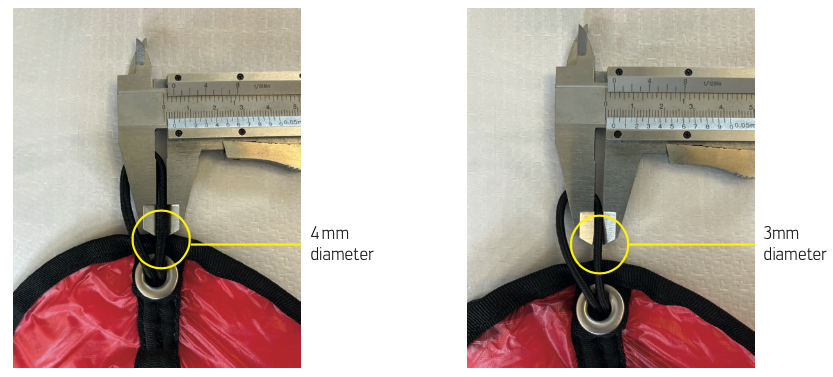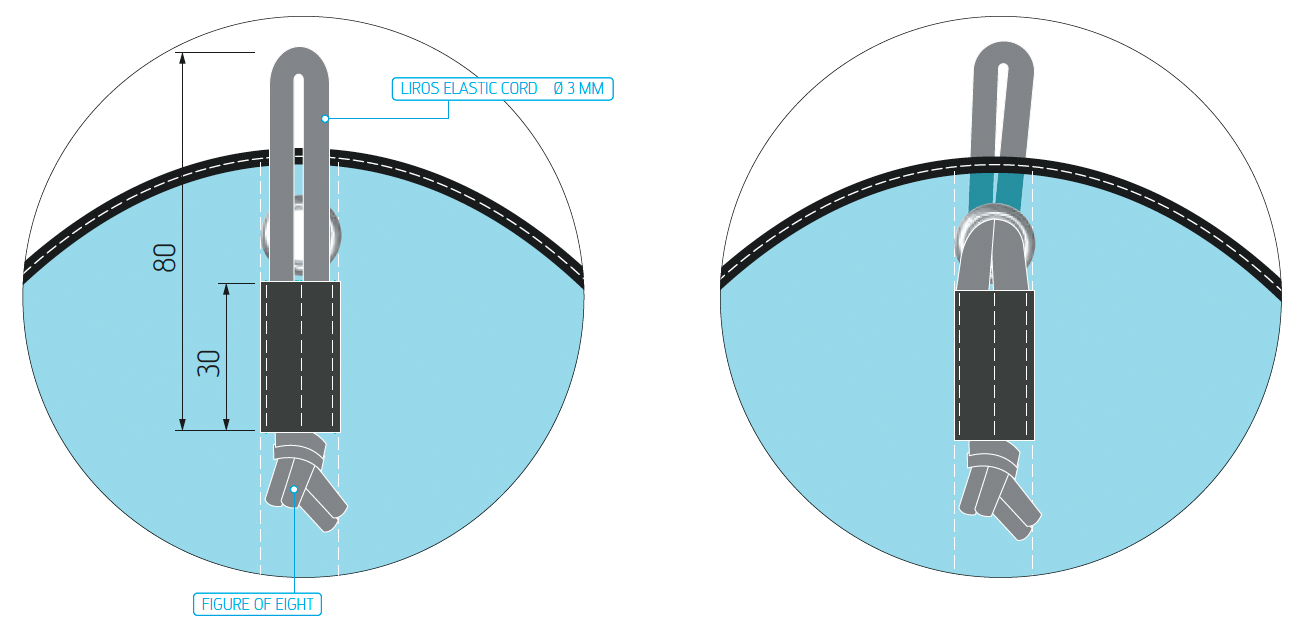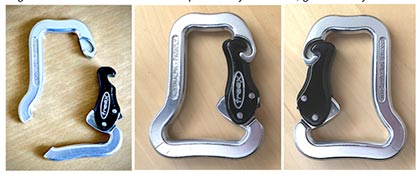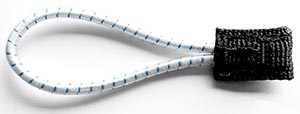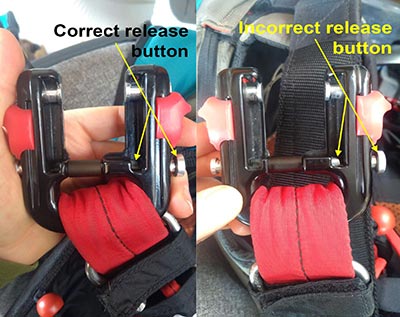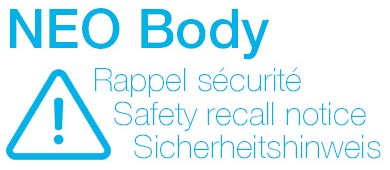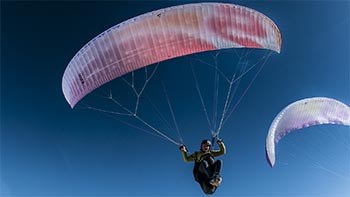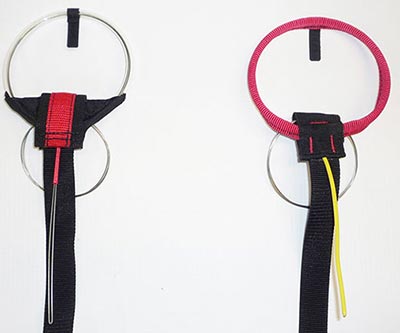Set-up of the F*Race 2 ABS system
01 September 2025HARNESS
MPORTANT SAFETY NOTICE
ABS LINE CONNECTION WITH THE CHEST STRAP
Overview
The F*Race 2 is delivered with an adjustable ABS system. It's made from a dyneema line in which the top loop needs to be in the correct position at all times.
The dyneema line is part of the overall red loop inner diameter, and therefore to the stability of the connection with the toggle (the coloured metallic part which goes through the loop) and the chest strap. It prevents the toggle from getting out of the loop inadvertently.
Current situation and upgrade
For all F*Race 2 harnesses delivered until now, the dyneema ABS line is assembled with a lark's head knot around the red chest strap loop. There may be a possibility, although minimal, that it may slip out of the red loop thereby widening its opening and allowing the toggle to escape when the chest strap is not in tension. We require F*Race 2 pilots to check the position of this loop, and modify its connection as shown below. This new ABS connection is also implemented in all new F*Race 2 harnesses in production.
Ozone - Front Container Rescue Handle Recall
10 July 2025HARNESS
Information about Parachute Containers: Arrow P, Arrow & Hawk
04 July 2025HARNESS
Problem
Some reserve parachutes are not sufficiently fixed in the very spacious harness container. These can move, twist with the connecting line or open. This can make it difficult or impossible to deploy the reserve parachute.
Check and safety measures
Users of the aforementioned harnesses are requested to open the harness container and check the position of the reserve parachute container. If the reserve parachute container is insufficiently fixed and can change its position in the harness container (rotate, tilt, swing back and forth), there is a safety problem. The harness should not be used in this configuration. Instead, users should contact the manufacturer for a technical solution (https://niviuk.com/de).
Safety message from the manufacturer
Niviuk is requested to publish a safety message including a solution for repair/rework in a timely manner
Safety note ICARO tandem spreaders
28 June 2025TANDEM
IMPORTANT INFORMATION regarding Icaro TANDEM SPREADER
We have received feedback from a customer that problems have occurred with the tandem spreader. The reason is that the edges of the metal fitting on the carbon bar are too sharp, as they have not been deburred sufficiently. As a result, the webbing of the spreader can be damaged and, in the worst case, could be cut.
Carabiners corroded by penetrating oil
15 June 2025
Carabiners will get corroded by this lubricant!
https://flyappi.org/media/commented_videos/videos/WhatsApp_Video_2025-06-15_at_12.19.57_1.mp4
Carabiner Woody Valley Zicral Camp Automatic Fatigue Failure!
15 June 2025
Safety Note: Kortel Design - Kanibal Race II, Kanibal Race ST - Rescue handle entanglement
31 March 2025HARNESS
Supair Pixair 1 harness - Rescue container
28 March 2025HARNESS
Sup'air PARACHUTE BRIDLES issue
09 April 2023
Possible absence of a safety seam on solo or tandem parachute bridles.
SAFETY NOTICE: GIN G-LITE RESCUE PARACHUTE
01 November 2022
Issue with the rubber bands closing the inner bag of the G-Lite rescue parachute
Skywalk Chili 3 lines
19 October 2022
Skywalk Salsa reserve container rubber loop issue
04 October 2022
DHV accident investigation: issue with long connection belt between reserve handle and pod
12 December 2021
SAFETY WARNING – PANORAMA 41
12 October 2021
SAFETY CRITICAL ALERT : TANDEM SPREADERS
12 October 2021
SAFETY CRITICAL ALERT : RUPTURE IN FLIGHT OF THE MAIN CARABINERS
12 October 2021
SAFETY CRITICAL ALERT : Woody Valley XR7
12 October 2021
SAFETY ALERT : TANDEM GLIDER SUPAIR SORA 2 size 42 - ATTACHMENT POINTS RUPTURE
12 October 2021
SAFETY ALERT : Safety Notice Quick-Out Carabiner
12 October 2021
SAFETY ALERT : NEO BODY HARNESS
12 October 2021
SAFETY ALERT : OZIUM HARNESS
12 October 2021
SAFETY ALERT : Supair leaf tolerance
12 October 2021
SAFETY ALERT : Exoceat harness
12 October 2021
SAFETY ALERT: Charly Carabiner
12 October 2021
SAFETY ALERT: Accidental opening of the ventral automatic buckles in flight
12 October 2021




